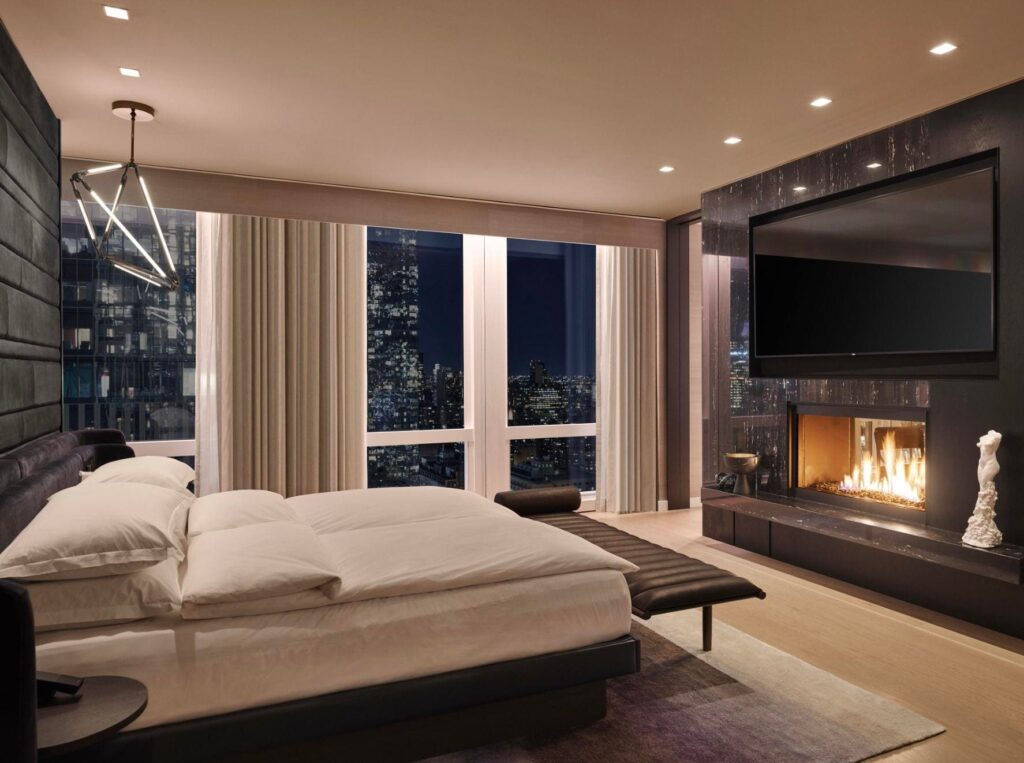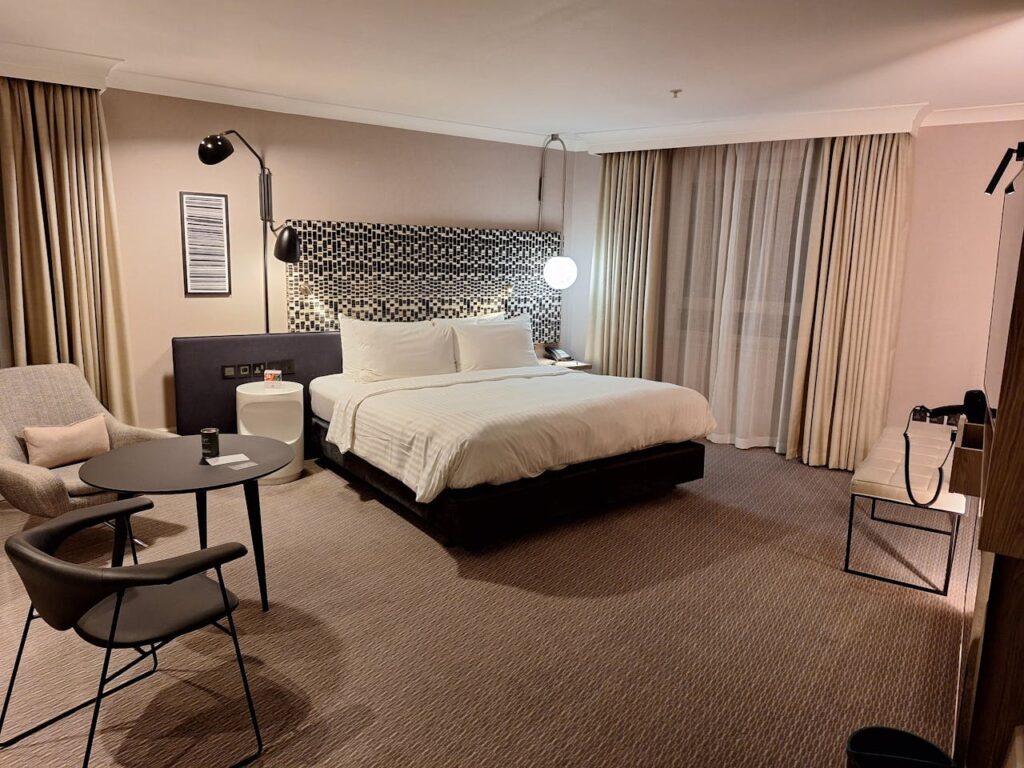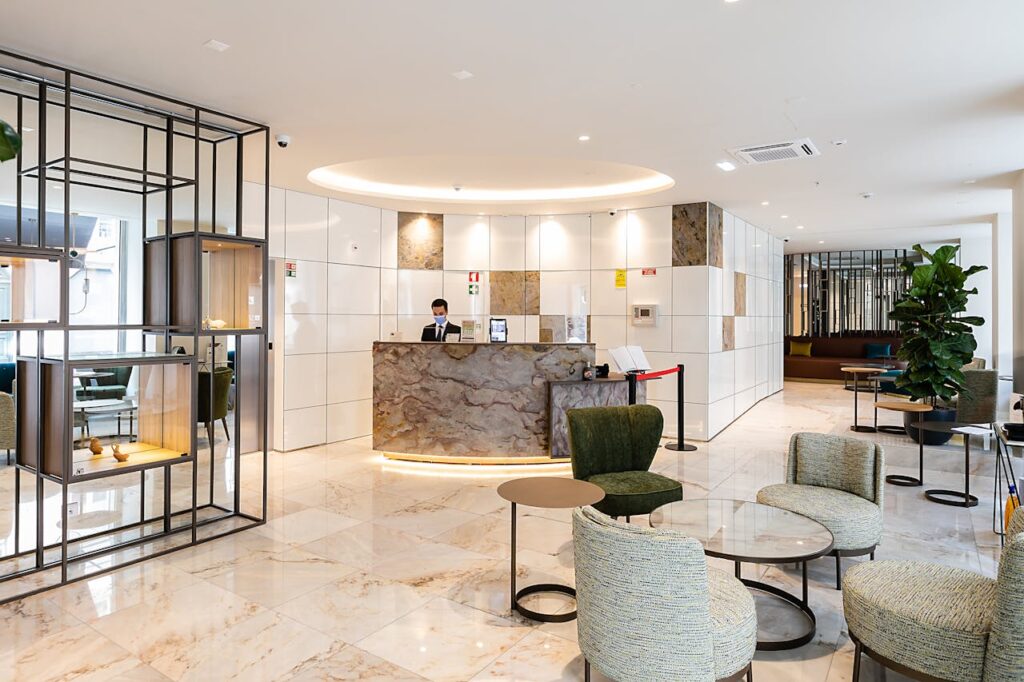Kingda Ka’s Thrilling 19-Year Legacy: How Its Demolition Paves the Way for Six Flags’ Exciting Future!
Kingda Ka, the towering icon of Six Flags Great Adventure, was demolished, marking the end of an era for thrill-seekers. As the world’s tallest and fastest roller coaster, it redefined amusement park innovation. Its removal left a void, challenging the park to reinvent itself for future generations.
Table of Contents
Introduction to Kingda Ka and Its Demolition
Kingda Ka, located at Six Flags Great Adventure in New Jersey, is a record-breaking roller coaster that opened in 2005. As the world’s tallest and fastest roller coaster at the time, it stood at 456 feet and reached speeds of 128 mph, offering an adrenaline-pumping experience that became iconic in the amusement park industry. Its hydraulic launch system and towering height made it a symbol of innovation and thrill, drawing millions of visitors over the years.
Recently, the announcement of Kingda Ka’s demolition has sent shockwaves through the amusement park community. As a landmark attraction, its removal marks the end of an era and raises questions about the future of thrill rides and park investments. The loss of such a iconic ride could impact attendance, as Kingda Ka was a major draw for tourists and coaster enthusiasts.
In the tourism and hospitality sector, attractions like Kingda Ka play a pivotal role in driving travel and hotel bookings. Its absence may affect local businesses, from hotels to restaurants, that rely on park visitors. Guest experiences, too, will shift, as parks must innovate to fill the void left by such a legendary ride. Kingda Ka’s demolition underscores the evolving nature of amusement parks and their influence on broader tourism trends.
The Legacy of Kingda Ka
When Kingda Ka first launched at Six Flags Great Adventure in Jackson, New Jersey in 2005, it instantly redefined the boundaries of roller coaster engineering and thrill-seeking experiences in North America. Standing at an awe-inspiring 456 feet (139 meters) tall, this steel behemoth claimed the title of tallest roller coaster in North America, a distinction it continues to hold to this day. The hydraulic launch system propels riders from 0 to 128 miles per hour in a mere 3.5 seconds, creating a visceral acceleration experience unmatched by any other coaster on the continent.
The ride’s distinctive “top hat” tower creates a vertical ascent that seems to defy physics, followed by a 90-degree plunge that generates intense moments of weightlessness for riders. This combination of extreme height and speed positioned Kingda Ka as the flagship attraction not just for Six Flags Great Adventure, but as a landmark achievement in the entire amusement industry. While taller and faster coasters have since been built internationally—like Ferrari World Abu Dhabi’s Formula Rossa, which reaches 149 mph—Kingda Ka remains the undisputed North American champion nearly two decades after its debut.
Since its opening, Kingda Ka has transformed from merely a record-breaking attraction into a genuine tourist destination in its own right. Enthusiasts from around the globe make pilgrimages specifically to experience its unparalleled thrills, with many considering it a bucket-list experience among extreme roller coasters. The ride has significantly boosted attendance figures for Six Flags Great Adventure, with the park reporting substantial increases in international visitors and coaster enthusiasts following its debut.
Souvenir shops throughout the park feature Kingda Ka merchandise as top sellers, and the coaster’s distinctive silhouette has become iconic in marketing materials and New Jersey tourism campaigns. Beyond the immediate thrill it delivers, Kingda Ka has cemented its legacy as a cultural touchstone for a generation of thrill-seekers and a testament to human engineering that continues to draw crowds eager to test their courage against its imposing presence.
Why Was Kingda Ka Demolished?
Kingda Ka, once the tallest and fastest roller coaster in North America, was a symbol of adrenaline-pumping thrills at Six Flags Great Adventure. However, even the most iconic rides have a lifespan, and Kingda Ka’s demolition marks the end of an era.
One of the key reasons for its removal is wear and tear. Over the years, extreme speeds, weather conditions, and frequent maintenance challenges may have made it increasingly difficult to keep the ride in peak condition. Additionally, safety concerns could have played a role, as aging rides require more resources to ensure passenger security.
Another major factor is Six Flags’ strategy to make space for new attractions. Theme parks constantly evolve to stay relevant and exciting for visitors. Removing older rides allows parks to introduce new, innovative experiences that attract more guests. This could mean a groundbreaking new coaster, an immersive themed land, or an upgraded park layout.
While Kingda Ka’s demolition is bittersweet for thrill-seekers, it signals an exciting future for Six Flags. Just as old hotels and resorts renovate to stay competitive, amusement parks must also refresh their attractions to keep visitors engaged and coming back for more.
The Impact on Tourism and Hospitality
The demolition of Kingda Ka, a cornerstone attraction at Six Flags Great Adventure, is likely to have ripple effects on local tourism. As one of the park’s most iconic rides, Kingda Ka has been a significant draw for thrill-seekers and coaster enthusiasts, contributing to the park’s reputation as a must-visit destination. Its removal may lead to a temporary drop in visitors, particularly among those who specifically traveled to experience the record-breaking coaster. This could impact not only Six Flags but also the surrounding businesses that rely on park-goers, such as hotels, restaurants, and retail outlets.
Amusement parks like Six Flags are major drivers of hotel bookings and local economic activity. Visitors often plan multi-day trips, staying in nearby accommodations and spending money in the area. The absence of a headline attraction like Kingda Ka could reduce the length of stays or deter some travelers altogether, affecting revenue for local businesses. However, this also presents an opportunity for Six Flags to innovate and introduce new attractions that could reignite interest and draw crowds back.
For the hospitality industry, Kingda Ka’s demolition underscores the importance of continuous innovation. Just as theme parks must evolve to keep guests engaged, hotels can learn from this by creating unique, themed experiences that enhance guest stays. Themed resorts, immersive environments, and partnerships with local attractions can help hotels differentiate themselves and attract visitors. For example, hotels near amusement parks could offer bundled packages, exclusive perks, or shuttle services to enhance the guest experience.
Ultimately, the hospitality and tourism sectors thrive on novelty and excitement. The loss of Kingda Ka serves as a reminder that both industries must adapt to changing consumer preferences, offering fresh and memorable experiences to remain competitive in an ever-evolving market.

Hospitality Lessons from Amusement Parks
Guest Experience – Amusement parks excel at creating immersive, multisensory experiences that transport visitors to different worlds—a strategy increasingly relevant to the hospitality sector. Six Flags and other leading parks meticulously design every touchpoint of the guest journey, from entrance music to themed dining experiences. Hotels can adopt this holistic approach by reimagining lobbies as immersive introduction spaces rather than mere check-in points. Properties like the Legoland Hotels have successfully implemented this strategy with themed elevators, interactive elements in corridors, and in-room scavenger hunts. The traditional hotel can evolve by incorporating storytelling elements throughout the property, using lighting, sound, scent, and interactive technology to create memorable moments. Even boutique hotels can benefit from defining a cohesive experiential narrative that extends from pre-arrival communications through to post-stay follow-up.
Marketing & Branding – Six Flags’ marketing prowess lies in its ability to balance heritage with innovation while maintaining a distinct personality across diverse properties. The company excels at creating anticipation through strategic reveal campaigns for new attractions and leveraging user-generated content that showcases authentic guest reactions. Hotels can adopt similar approaches by building marketing calendars around experience “launches” rather than mere promotions, encouraging guests to share emotional moments, and developing signature experiences that become talking points. The most successful properties are moving beyond marketing amenities to selling transformative experiences, much as Six Flags sells the emotional journey of a roller coaster rather than its technical specifications.
Entertainment & Design – The themed entertainment principles that guide amusement park design offer valuable frameworks for hospitality spaces. Hotels are increasingly incorporating immersive design elements, with properties like the Star Wars: Galactic Starcruiser creating complete narrative environments where guests become active participants. Even on smaller scales, vacation rentals and boutique hotels are finding success with thematic coherence—from treehouse-inspired rooms to underwater-themed suites. The key insight from park design is the importance of thematic authenticity; superficial decorative elements fall flat compared to thoughtfully designed environments that engage multiple senses and offer interactive elements. As guests increasingly seek shareable, unique experiences, hospitality properties that incorporate entertainment design principles gain competitive advantage through higher rates, increased occupancy, and passionate word-of-mouth marketing.
Conclusion: A Thrilling Goodbye to Kingda Ka
Kingda Ka wasn’t just a roller coaster—it was a record-breaking marvel that drew thrill-seekers from all over the world. As the tallest and fastest coaster in North America, it played a crucial role in boosting tourism, attracting visitors to Six Flags Great Adventure, and benefiting local hotels, restaurants, and businesses. Its demolition marks the end of an era, but also the beginning of something new.
Theme parks, like the hospitality industry, thrive on constant innovation. Just as luxury hotels undergo renovations to stay relevant, amusement parks must evolve to keep visitors excited. Whether Six Flags replaces Kingda Ka with a cutting-edge coaster or a fully immersive experience, one thing is certain—change drives progress.
This also raises an interesting question: Would you stay at a roller coaster-themed resort? Imagine a hotel designed for thrill-seekers, featuring adrenaline-packed experiences, high-speed slides, and immersive amusement park vibes. Would such a concept excite you?
Share your thoughts in the comments! And if you love insights on hospitality, tourism, and unique guest experiences, subscribe to our blog for more exciting updates!
Explore More Tips and Guides
If you’re looking for more hospitality & travel inspiration, check out our other posts:
Related posts:
- How Many Days Until Valentine’s Day? Unmissable Hospitality Trends That Are Redefining Romance!
- Kumbh Mela 2025: A Game-Changer for Tourism & Hospitality, Fueling Unprecedented Growth!
- JetBlue Best Fare Finder: 7 Ultimate Hacks to Unlock Insanely Cheap Flights!
- Oscars 2025 Date Revealed: How Hollywood’s Biggest Night Boosts Luxury Travel & Hospitality in LA









